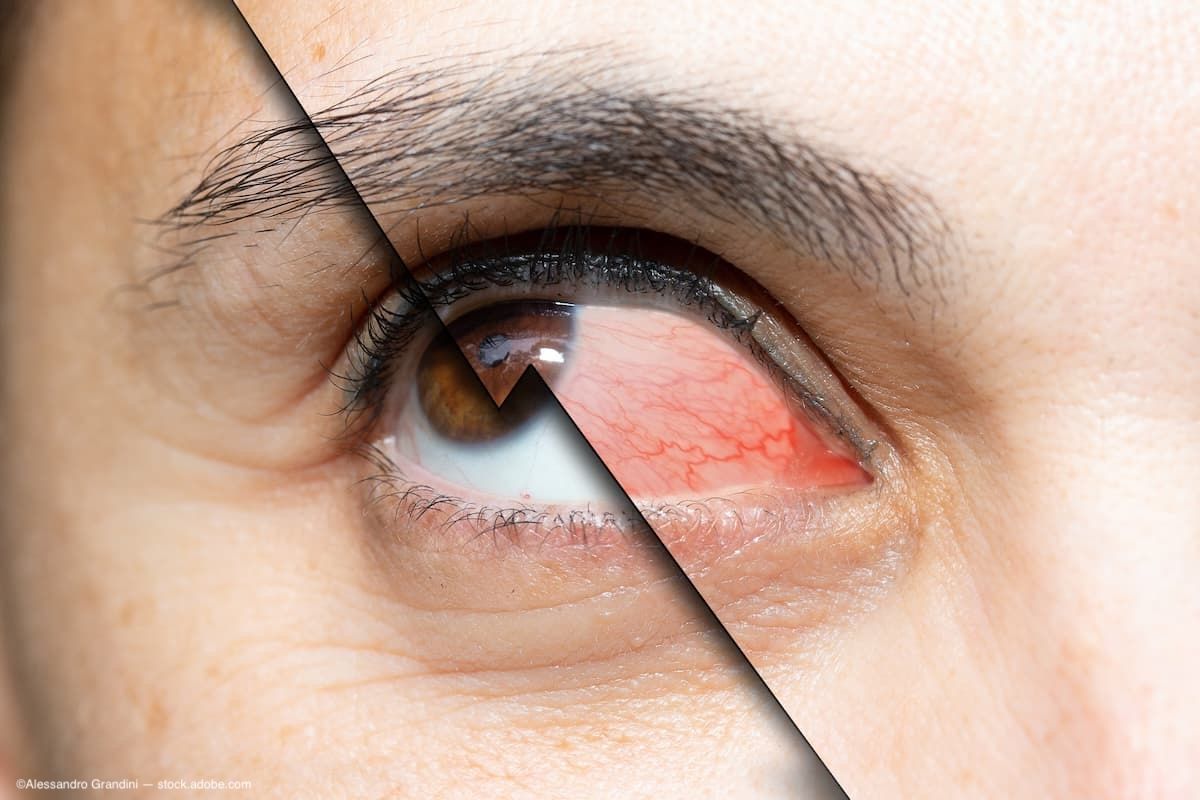Article
Long-term follow-up supports efficacy and safety of thin flap LASIK
Thin flap LASIK in patients with thin corneas appears to be safe and associated with good refractive stability and visual acuity outcomes during long-term follow-up, said S.S. Iyengar, MD.
Thin flap LASIK in patients with thin corneas appears to be safe and associated with good refractive stability and visual acuity outcomes during long-term follow-up, said S.S. Iyengar, MD.
In collaboration with John F. Doane, MD, Dr. Iyengar conducted analyses of data from 114 eyes with thin corneas (mean 499 μm, range 460 to 520) operated on since 2001. All flaps were created using an automatic corneal shaped (Automated Corneal Shaper, Bausch & Lomb) with a 130-μm plate; ablations were performed using an excimer laser (STAR S4 laser, Advanced Medical Optics/VISX).
The eyes were divided into three groups based on type of procedure: standard myopic LASIK, custom myopic LASIK, and monovision LASIK. Mean preoperative spherical equivalent in the three groups ranged from –4.62 D (custom LASIK) to –6.6 D (myopic LASIK).
Mean flap thickness, calculated with intraoperative subtraction ultrasound pachymetry, ranged from 77 μm (custom myopic LASIK) to 90 μm (myopic LASIK). Mean residual stromal bed thickness ranged from 311 μm (myopic LASIK) to 326 μm (monovision).
All patients were contacted by phone when they reached the time for an annual follow-up visit. Thirty-nine percent of patients returned for a 1-year follow-up; UCVA was 20/25 or better in 87.5% of the eyes and 20/20 or better in 78.1%.
"One of the limitations of our study is that relatively few patients who became eligible for later follow-up returned. However, among those who did, we documented no cases of ectasia, even within the group seen at a 5-year postoperative visit," Dr. Iyengar said.
"We believe there is a role for both thin-flap LASIK with a mechanical microkeratome and for sub-Bowman's keratomileusis with a femtosecond laser-created flap," he concluded. "However, regardless of the technique, surgeons must be cautious not to be too thin and we have to avoid these lamellar techniques in patients with suspicious topographic patterns."
Newsletter
Don’t miss out—get Ophthalmology Times updates on the latest clinical advancements and expert interviews, straight to your inbox.




